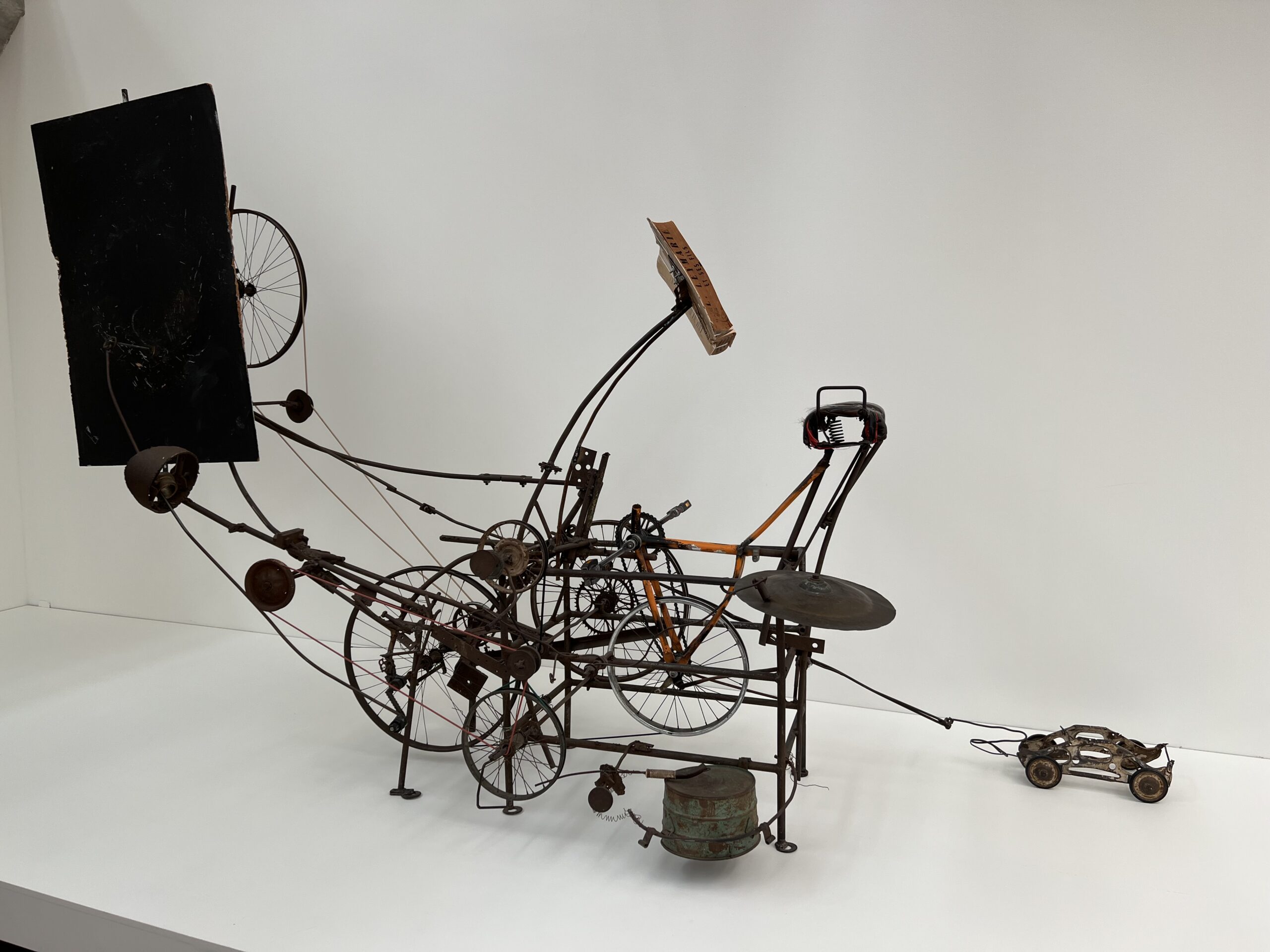Jean Tinguely: The Master of Kinetic Art
Jean Tinguely (1925-1991) was a Swiss sculptor and painter who revolutionized the art world with his innovative kinetic sculptures. Known for his playful, whimsical, and often provocative creations, Tinguely challenged traditional notions of art and pushed the boundaries of what sculpture could be.

Early Life and Influences
Born in Fribourg, Switzerland, Tinguely showed an early interest in movement and mechanics. As a child, he was fascinated by the inner workings of machines and spent countless hours tinkering with various devices. This curiosity would later become the foundation of his artistic practice.
Tinguely studied at the Basel School of Arts and Crafts, where he was introduced to the works of artists like Marcel Duchamp and Alexander Calder. These influences, combined with his own mechanical interests, led him to explore the concept of kinetic art.

The Birth of Kinetic Sculpture
In the 1950s, Tinguely began creating his first kinetic sculptures. These early works, often made from found objects and scrap metal, incorporated motors that brought the pieces to life through movement. His sculptures were not static objects to be observed passively but dynamic creations that engaged the viewer in a unique sensory experience.
One of his most famous early works, “Méta-Malevich” (1954), paid homage to the Russian suprematist painter Kazimir Malevich. The piece consisted of geometric shapes that moved and changed position, creating an ever-evolving composition that challenged the static nature of traditional painting.
The Machines That Destroy Themselves
Tinguely’s work took a dramatic turn in the 1960s with his series of self-destroying machines. The most famous of these was “Homage to New York” (1960), a massive contraption designed to destroy itself in the sculpture garden of the Museum of Modern Art in New York City. Although the machine didn’t function exactly as planned, the event was a sensation and cemented Tinguely’s reputation as a provocative and innovative artist.
These auto-destructive works were not just spectacles but also powerful statements about consumerism, the nature of art, and the role of the artist in society. They questioned the permanence of art and challenged the notion that art objects should be preserved for posterity.

Later Works and Legacy
Throughout his career, Tinguely continued to create large-scale kinetic sculptures, often collaborating with other artists, including his wife, Niki de Saint Phalle. Some of his most notable later works include the “Stravinsky Fountain” in Paris (created with de Saint Phalle) and the “Carnival Fountain” in Basel.
Tinguely’s work has had a lasting impact on the art world. He helped to establish kinetic art as a significant movement and influenced generations of artists working with technology and movement. His playful approach to serious themes and his ability to engage viewers in active participation with his art continue to resonate with audiences today.
The Tinguely Museum in Basel, Switzerland, opened in 1996, houses a significant collection of his work and continues to celebrate his legacy.
Jean Tinguely’s contributions to art went beyond just creating beautiful or interesting objects. He challenged us to reconsider our relationship with machines, consumer culture, and the very nature of art itself. His kinetic sculptures continue to whir, clank, and surprise, reminding us of the joy, absurdity, and constant motion of life.



